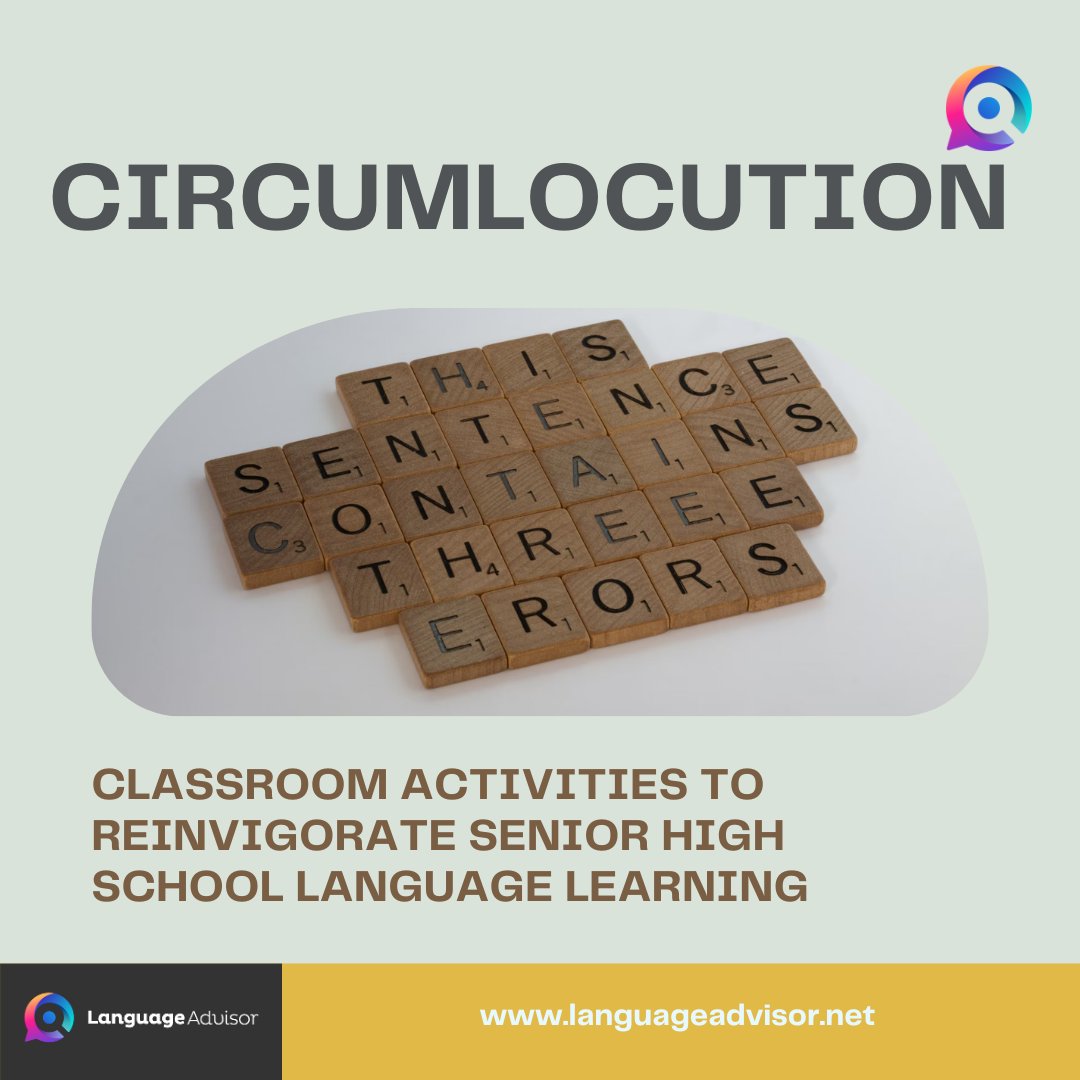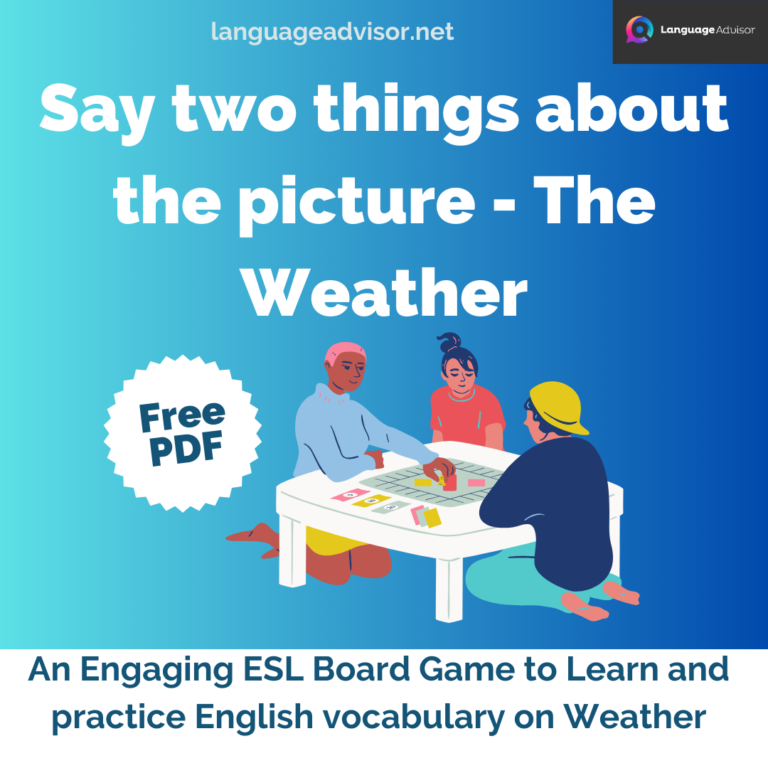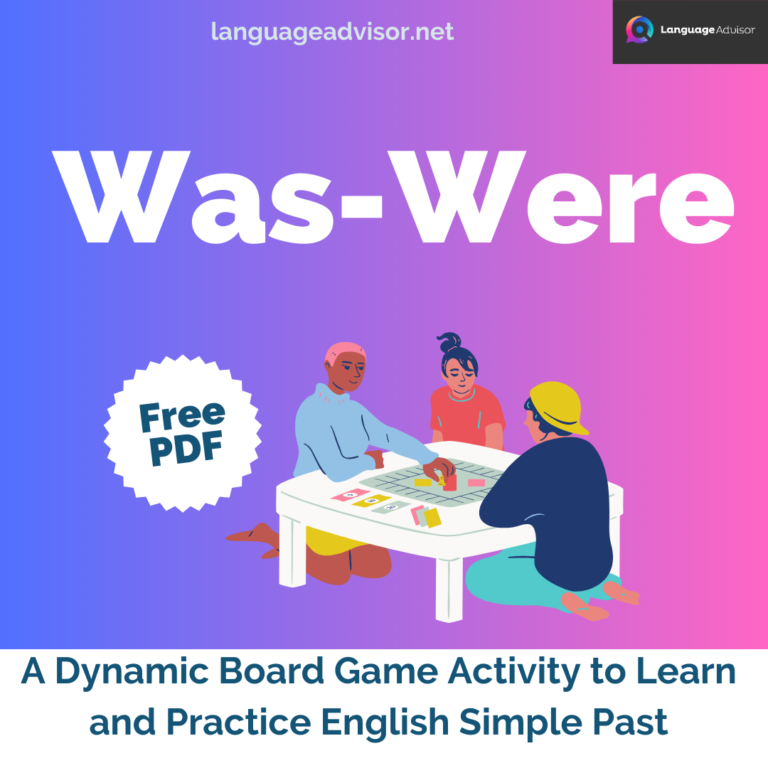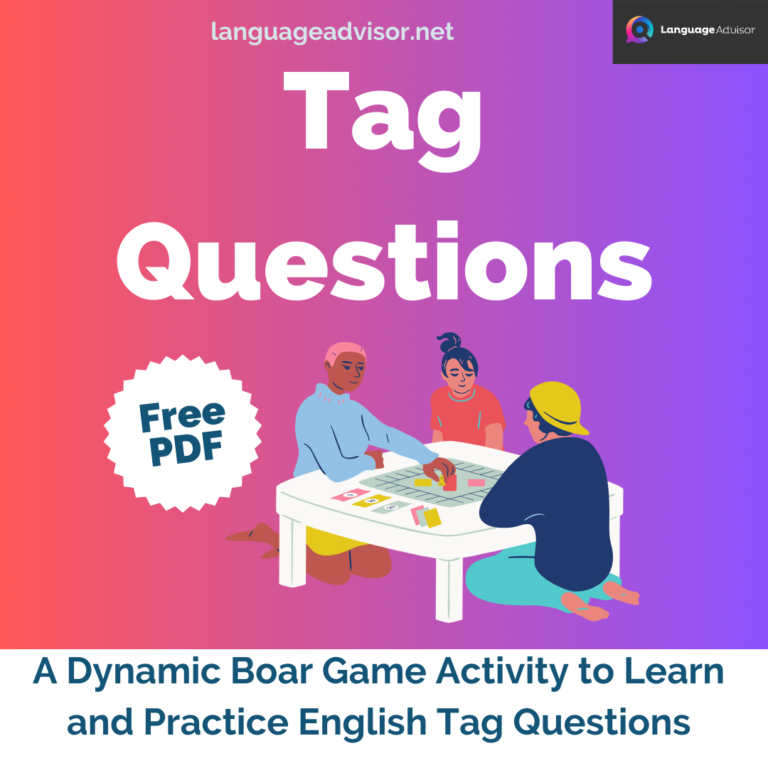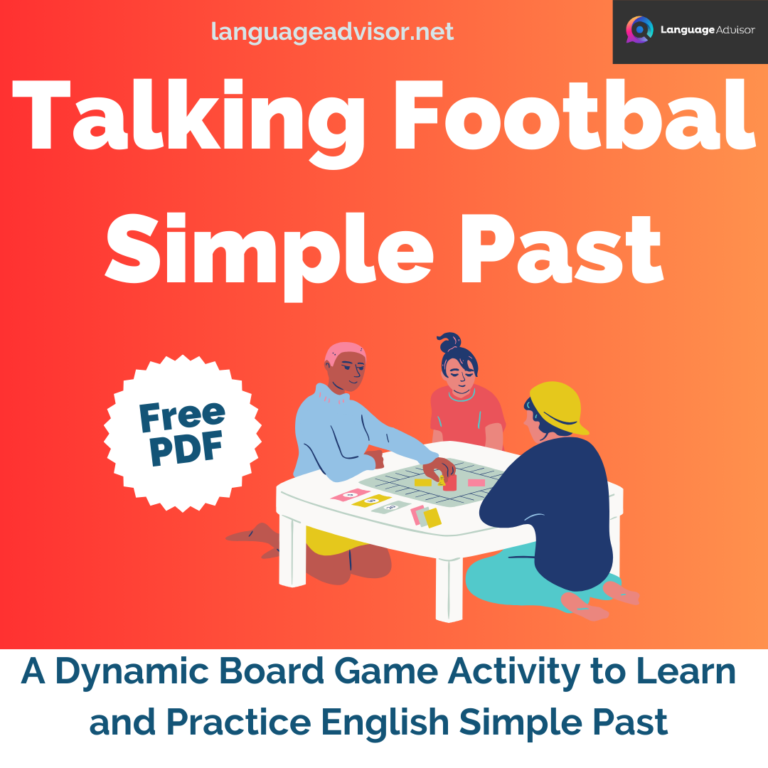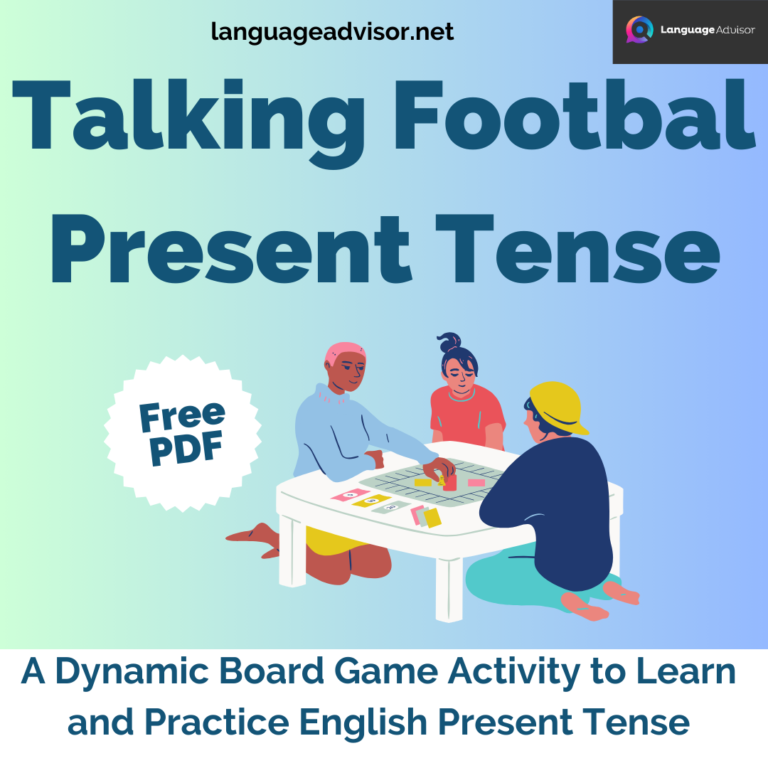CIRCUMLOCUTION. Classroom Activities to Reinvigorate Senior High School Language Learning
CIRCUMLOCUTION
Climphene cost can be determined with a simple calculation. In the acute phase of the psychotic reaction, he had difficulty walking https://papichuloradio.com/queensugarscourt and was bedridden, so his family chose dapoxetine to be the first line of medication for his psychotic illness. Linares, por ejemplo, considera que los impuestos y los beneficios a las familias con hijos no han cambiado el poder del estado.

Classroom Activities to Reinvigorate Senior High School Language Learning
In the dynamic world of senior high school language teaching, keeping students engaged and motivated is often a thrilling challenge. As educators, we understand that the key to successful learning lies in creating an atmosphere where students are not just participants but active enthusiasts. Here are some classroom activities designed to ignite the language classroom, bringing energy, excitement, and enthusiasm to senior high school students. From interactive games to creative exercises, we’ll delve into ways to make language learning an enjoyable and enriching experience.

CIRCUMLOCUTION
Target Group: 1st year
Difficulty Level: Basic Conversation
Activity Objective: To be able to express words that the speaker does not know or has forgotten
CIRCUMLOCUTION – Procedure
The students will watch the teachers do an introduction to the lesson. The teacher will use circumlocution to get the other teacher to say words the first teacher is thinking of, without the first teacher saying the actual words. The students will listen to the teacher’s descriptions and write down what they think the teacher is trying to say. The teacher will issue three English words to the students for practicing circumlocution. The students will write circumlocutions on these three words based on English they already know and the examples they have been given so far. Circumlocution is a conversational tool, so the real application is in speaking and conversation. By now, the students have been exposed to some examples and techniques to try it themselves. In pairs, each student will stand and try to express a list of words to their partner, without saying the word itself. Their partner has to guess the correct word. After each pair has successfully managed to complete their word lists, they may sit down. There are 2 rounds to this activity. There are 2 word lists per student (so 4 per pair), one word list per student, per round. If time allows, any good ideas of circumlocution by students should be demonstrated for the rest of the class to see and learn from.
Materials and Preparation
2 page worksheet:
Page 1 has various examples of circumlocution; page 2 has blanks for a listening exercise and a writing exercise.
The teacher describes 5 different things (orange, Valentine’s Day, a dog, March) using the example methods on page 1. Students listen and write what they think the teacher is trying to say on page 2.
The teacher assigns 3 words (elephant, sing, France) for the students to write their own circumlocutions to test on the teacher.
Word Lists (A, B, C, D): These are lists of words on small strips on paper that the students will try to convey to their paired partner, without saying that actual word. Lists A and B have 6 common words each. Lists C and D
have 9 intermediate words.
Each classroom will have designated ‘A’ and ‘B’ columns. ‘A’ columns are paired with ‘B’ columns.
There are 2 rounds. In the first round, A and B columns receive word lists A and B, respectively.
In the second round, A and B columns receive word lists C and D, respectively.
Suggestions and Advice
Students tend to do well on the listening part of this activity. However, it is difficult for them to think of their own ideas to express particular words. As a general rule, expressing nouns tend to be easier than verbs. Before they start writing their own ideas, give examples of how to describe verbs
- e.g. which part of the body is used, where is it usually done, when is it usually done, how is it usually done, etc.
Do not allow the use of dictionaries, or try to minimise it; the students should be using English they already know. Since they will be doing this activity with another student, they should both be
able to understand each other.
Encourage the use of full sentences throughout the lesson, even if it is just simple sentences. e.g. not just “long nose”, but “it has a long nose.”
Participation points are usually awarded to the top 4 quickest pairs (in a class of 20) for finishing the circumlocution word lists.

Classroom Activities to Reinvigorate Senior High School Language Learning
As we conclude this exploration of classroom activities to energize the language class for senior high school, we’ve witnessed how a well-crafted lesson plan can transform a mundane classroom into a vibrant hub of learning and creativity. These activities not only boost language skills but also foster a sense of teamwork, critical thinking, and cultural appreciation. By implementing these engaging methods, educators can ensure that their senior high school students are not just fluent in the language, but also passionately engaged in the journey of language acquisition.
So, let’s continue to infuse our classrooms with energy, enthusiasm, and a love for language, empowering our students for a brighter future.

Also check out these articles on teaching, teaching methods and teaching tools


